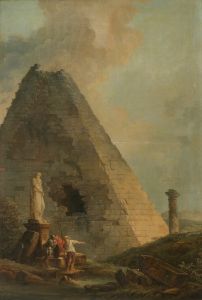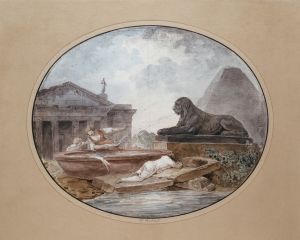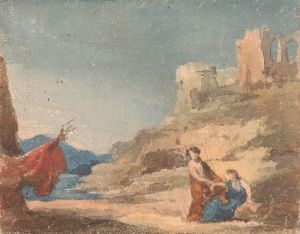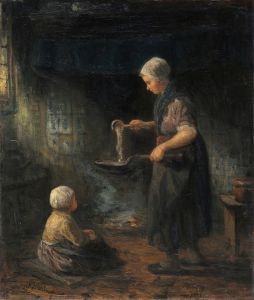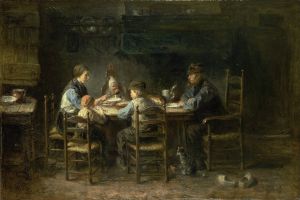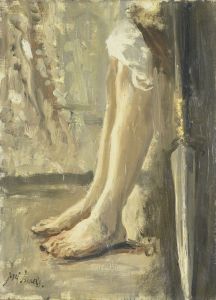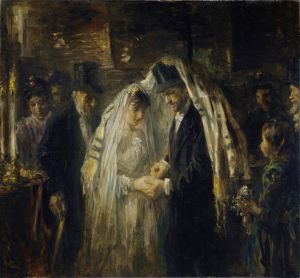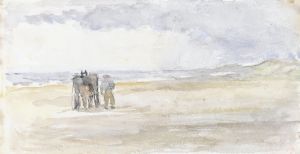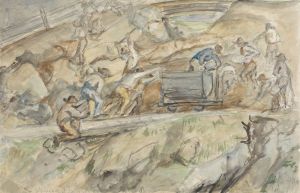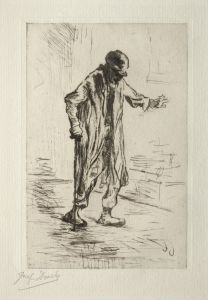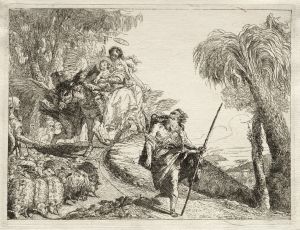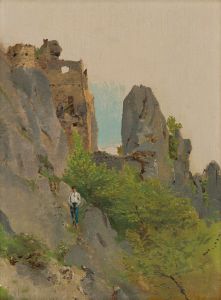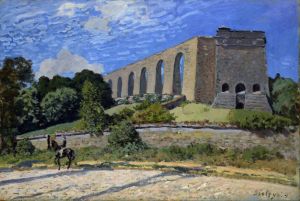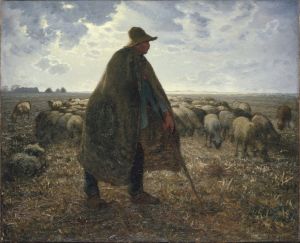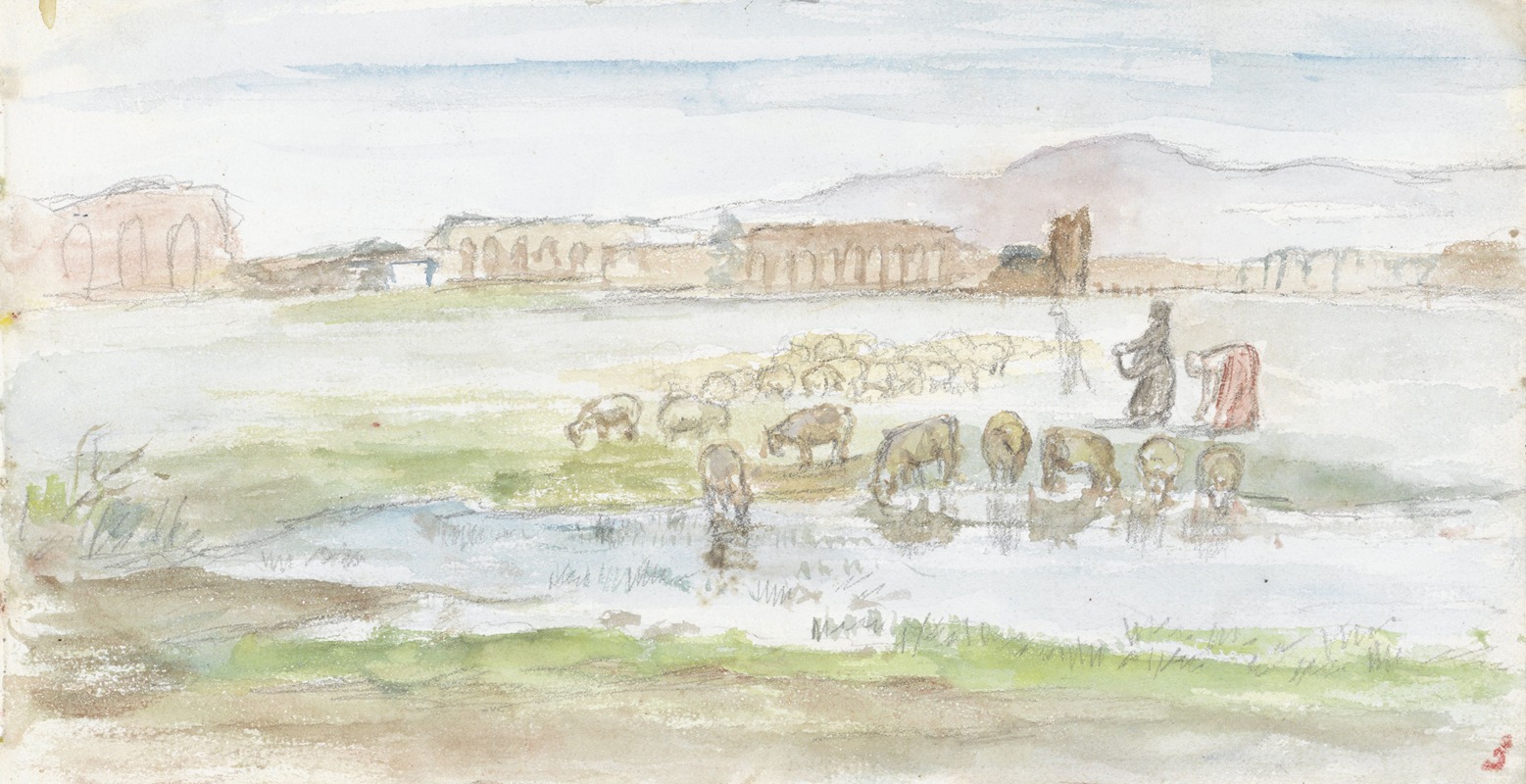
Vlakte met schapen, op de achtergrond ruïnes van een aquaduct
A hand-painted replica of Jozef Israëls’s masterpiece Vlakte met schapen, op de achtergrond ruïnes van een aquaduct, meticulously crafted by professional artists to capture the true essence of the original. Each piece is created with museum-quality canvas and rare mineral pigments, carefully painted by experienced artists with delicate brushstrokes and rich, layered colors to perfectly recreate the texture of the original artwork. Unlike machine-printed reproductions, this hand-painted version brings the painting to life, infused with the artist’s emotions and skill in every stroke. Whether for personal collection or home decoration, it instantly elevates the artistic atmosphere of any space.
Jozef Israëls, a prominent Dutch painter of the 19th century, is renowned for his poignant and evocative depictions of rural life and the struggles of ordinary people. One of his works, "Vlakte met schapen, op de achtergrond ruïnes van een aquaduct" (translated as "Plain with Sheep, with Ruins of an Aqueduct in the Background"), exemplifies his ability to capture the serene beauty of pastoral scenes while subtly hinting at historical narratives.
Israëls was born in Groningen, Netherlands, in 1824 and became a leading figure of the Hague School, a group of artists known for their realistic portrayals of the Dutch landscape and its inhabitants. His work often reflects a deep empathy for the rural poor, a theme that resonates throughout his oeuvre. "Vlakte met schapen, op de achtergrond ruïnes van een aquaduct" is no exception, as it presents a tranquil scene of sheep grazing on a plain, with the remnants of an ancient aqueduct looming in the distance.
The painting is characterized by Israëls' masterful use of light and shadow, which imbues the landscape with a sense of timelessness and tranquility. The sheep, depicted with meticulous attention to detail, are scattered across the plain, suggesting a harmonious coexistence with their natural surroundings. The ruins of the aqueduct in the background serve as a poignant reminder of the passage of time and the enduring presence of history within the landscape. This juxtaposition of the pastoral and the historical is a recurring motif in Israëls' work, reflecting his interest in the continuity between past and present.
Israëls' technique is notable for its loose brushwork and muted color palette, which contribute to the atmospheric quality of the scene. The soft, diffused light creates a sense of calm and introspection, inviting viewers to contemplate the relationship between humanity and nature. The presence of the aqueduct, an architectural relic from a bygone era, adds a layer of historical depth to the painting, suggesting themes of decay and the impermanence of human achievements.
Throughout his career, Jozef Israëls was celebrated for his ability to convey emotion and narrative through his art. His works often reflect a deep compassion for the human condition, and "Vlakte met schapen, op de achtergrond ruïnes van een aquaduct" is a testament to his skill in capturing the quiet dignity of rural life. The painting not only showcases Israëls' technical prowess but also his philosophical engagement with themes of history, memory, and the passage of time.
Israëls' influence extended beyond the Netherlands, earning him recognition and admiration across Europe. His paintings were exhibited widely, and he received numerous accolades for his contributions to the art world. Today, his works are held in high esteem and can be found in major museums and collections around the world.
In summary, "Vlakte met schapen, op de achtergrond ruïnes van een aquaduct" is a quintessential example of Jozef Israëls' artistic vision. Through his sensitive portrayal of a pastoral scene set against the backdrop of historical ruins, Israëls invites viewers to reflect on the enduring connections between nature, history, and the human experience.





